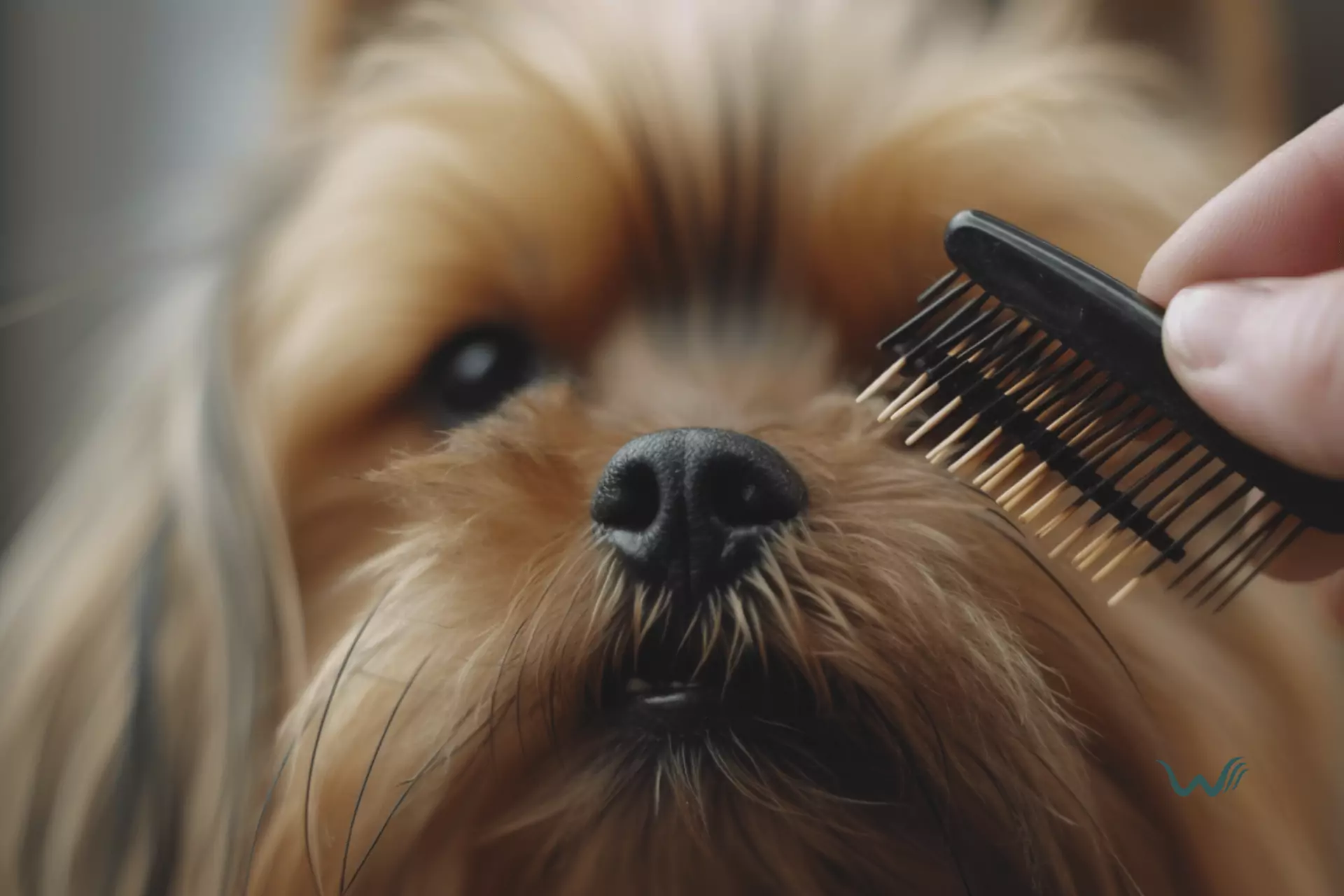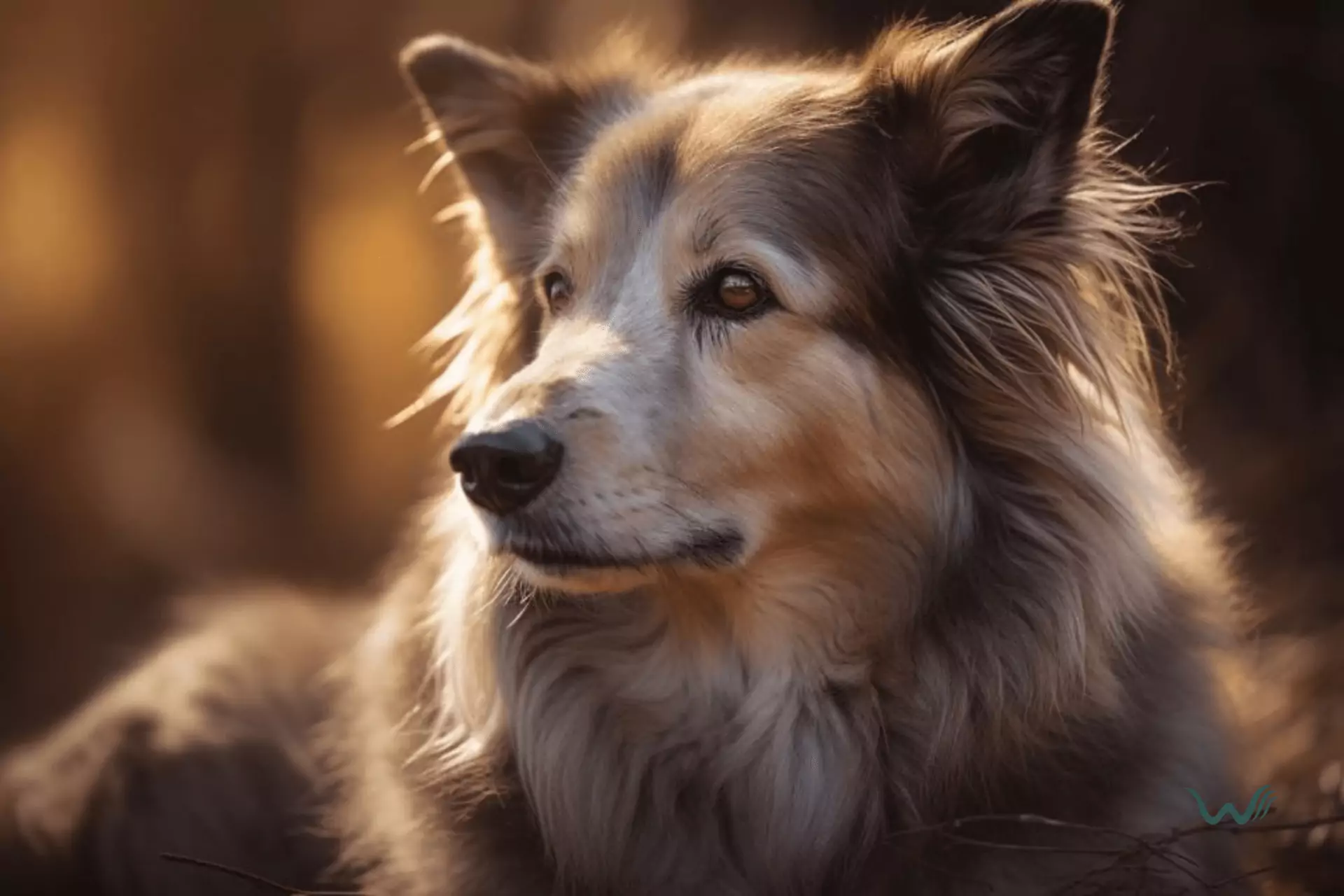

How Do I Get Rid Of Lice On Dogs?
by Haley Mills
Last updated: January 30, 2024
Verified and Approved by:
Angela Morris,
MSW, LCSW
Fact Checked

Lice infestations on dogs can be a bothersome and uncomfortable experience for both the pet and its owner. If you’ve noticed your furry companion scratching incessantly and suspect lice might be the culprit, don’t panic! There are effective ways to eliminate these pesky parasites and restore your dog’s comfort. In this article, we will explore the steps you can take to eliminate lice on dogs, from identifying and confirming the infestation to implementing specialized lice shampoos and treatments. With a bit of patience and proper care, you can help your dog get back to a lice-free and happy life.
When it comes to dealing with lice on dogs, the first step is identifying and confirming the infestation. Lice are tiny, wingless insects that feed on your dog’s blood and lay eggs on its hair shafts. You may notice your dog scratching excessively, developing skin irritations, or even losing patches of hair. To determine if lice are the cause, carefully inspect your dog’s fur using a fine-toothed comb. Look for lice eggs, called nits, which are small oval-shaped objects attached to individual hair strands. Once you have confirmed the presence of lice, it’s time to take action and eliminate them to prevent further discomfort for your furry friend.
Identifying and Confirming Lice Infestation in Dogs
Now that you understand the importance of identifying and confirming a lice infestation in your dog let’s delve into the necessary steps to get rid of these pesky parasites effectively. The first step is to carefully examine your dog’s fur for any signs of lice. Lice are small, flat insects that can often be seen crawling near the base of the hair shafts. They are usually light brown or gray in color and can sometimes be mistaken for dandruff or dirt. Pay close attention to areas where the fur is thicker, such as behind the ears, around the neck, and at the base of the tail.
If you suspect your dog has lice, confirming the infestation by taking your pet to a veterinarian is vital. The vet will be able to perform a thorough examination and use a microscope to identify the presence of lice or their eggs. This is crucial because lice can cause a range of health problems for your dog, including itching, hair loss, and skin infections. Once the lice infestation has been confirmed, you can proceed with the necessary steps to eliminate these parasites and ensure the well-being of your furry friend.
Using Specialized Lice Shampoos and Treatments
Specialized lice shampoos and treatments can be used to treat lice on dogs effectively. These products are specifically designed to kill lice and their eggs, helping to eliminate the infestation. When using a lice shampoo, it’s essential to follow the instructions provided on the packaging carefully. This usually involves wetting the dog’s coat, applying the shampoo, and massaging it into the fur to create a lather. The shampoo should be left on for the recommended amount of time, typically around 10 minutes, before thoroughly rinsing it out.
In addition to lice shampoos, specialized treatments can be used to effectively get rid of lice on dogs. These treatments often come in the form of sprays or powders that can be applied directly to the dog’s coat. It’s important to carefully read and follow the instructions on the product’s packaging to ensure proper use. Some treatments may need to be reapplied after a certain period of time to ensure that all lice and eggs are eliminated. It’s also important to treat the dog’s bedding and any other areas where the dog spends time, as lice can easily spread and reinfest the dog if not properly eliminated.
Implementing Regular Grooming and Cleaning Practices
Regularly grooming and cleaning your furry friend can effectively prevent and eliminate lice infestations. Lice thrive in dirty and unhygienic environments, so maintaining a clean and well-groomed dog is crucial in preventing infestations. Start by regularly bathing your dog using a gentle shampoo that is specifically formulated for dogs. This will help kill any lice that may be present on their fur and skin. Be sure to thoroughly rinse the shampoo off to ensure that no residue is left behind.
In addition to regular baths, combing your dog’s fur with a fine-toothed comb regularly is essential. This will help remove any lice or nits (lice eggs) that may be present. Pay special attention to areas where lice are known to hide, such as around the ears, neck, and tail. Comb through the fur in small sections, checking for any signs of lice or nits. If you do find any, be sure to remove them and dispose of them properly carefully.
Furthermore, keeping your dog’s living area clean is also essential in preventing lice infestations. Regularly vacuum and clean your dog’s bedding, blankets, and any other areas where they spend time. This will help remove any lice or eggs that may be present in their environment. It is also important to wash their bedding and blankets in hot water to kill any lice or eggs that may be present.
By implementing these regular grooming and cleaning practices, you can effectively prevent and eliminate lice infestations on your dog. Remember to consult your veterinarian for specific recommendations and treatments if your dog has a lice infestation.
Treating the Dog’s Environment for Complete Eradication
Treating the dog’s environment is crucial for completely eradicating lice. Even if you successfully treat your dog for lice, there is still a chance that the lice eggs or nymphs are present in your dog’s bedding, toys, or other areas of the house. To ensure complete eradication, it is important to treat the dog’s environment as well.
Start by washing your dog’s bedding and any other fabric or soft surfaces with which your dog comes into contact regularly. Use hot water and a high heat setting on the dryer to kill any lice or eggs that may be present. It is also a good idea to vacuum your home thoroughly, paying special attention to areas where your dog spends a lot of time. This will help to remove any lice or eggs that may have fallen off your dog.
In addition to cleaning, you may also consider using a lice spray or powder specifically designed for treating the environment. These products can be applied to your dog’s bedding, carpet, and other house areas to kill any remaining lice or eggs. Follow the instructions carefully and make sure to reapply the product as recommended to ensure complete eradication.
By treating your dog’s environment, you can help to ensure that any lice or eggs that may have survived the initial treatment are eliminated. This will help to prevent reinfestation and keep your dog lice-free. Remember to monitor your dog for any signs of lice and consult with your veterinarian if you have any concerns or questions.
Can the same treatment be used for both lice and ear mites in dogs?
Yes, it’s important to treat ear mites puppies early to prevent discomfort and infection. While the same treatment can’t be used for lice and ear mites in dogs, there are specific options for each. Consult a vet for the correct diagnosis and treatment plan for your pet.
Can Using Green Methods for Disposing of Dog Poop Help Prevent Lice on Dogs?
Using green dog poop disposal methods can indeed help prevent lice on dogs. By properly disposing of dog waste in an eco-friendly manner, it reduces the chances of lice infestation. This method also promotes a cleaner environment and prevents the spread of pests and diseases.
Consulting with a Veterinarian for Professional Guidance
Consulting with a veterinarian can provide professional guidance on eliminating lice from dogs. Veterinarians have extensive knowledge and experience in dealing with parasites and can provide tailored advice based on your dog’s specific needs. They can examine your dog to confirm the presence of lice and determine the severity of the infestation.
During a consultation, the veterinarian may recommend a combination of treatments to eliminate lice effectively. This can include medicated shampoos, topical treatments, and oral medications. They can also provide instructions on how to properly administer these treatments and advise on the frequency and duration of the treatment regimen. Additionally, veterinarians can educate you on preventative measures to reduce the risk of reinfestation and provide guidance on maintaining your dog’s overall health and hygiene.
Overall, consulting with a veterinarian is essential in treating lice in dogs. Their expertise and professional guidance can ensure that you are using the most effective and safe methods to eliminate lice and prevent future infestations. Be sure to follow their advice closely and communicate any concerns or questions you may have throughout the treatment process.
Frequently Asked Questions
Can lice infestations in dogs be transmitted to humans?
Yes, lice infestations in dogs can be transmitted to humans. Although lice species are typically host-specific, they can still infest humans if they contact an infested dog.
Are there any natural or home remedies to eliminate lice on dogs?
Yes, there are natural remedies to eliminate lice on dogs. Some options include using neem oil, apple cider vinegar, or a lemon juice and water solution. These can help repel and kill lice.
How long does it take for lice infestations in dogs to be completely eradicated?
It typically takes around 2-4 weeks to eradicate a lice infestation in dogs completely. Consistent treatment, proper grooming, and regular checking for any remaining lice or eggs are crucial for successful elimination.
Can lice infestations in dogs cause any long-term health issues?
Lice infestations in dogs can cause various health issues if left untreated. They can lead to severe itching, skin infections, anemia, and in rare cases, even transmit other diseases. Prompt treatment is crucial to avoid long-term complications.
What should I do if my dog’s lice infestation persists despite using specialized shampoos and treatments?
If your dog’s lice infestation persists despite using specialized lice shampoos and treatments, it’s best to consult with a veterinarian. They can recommend alternative treatments or determine if there is an underlying issue causing the infestation.
Certify Your Emotional Support Animal Today

Why You Can Rely on Us?
At Wellness Wag, we believe your pet deserves care rooted in both science and compassion. Each article is carefully researched, written in clear language for pet owners, and then reviewed by qualified professionals to ensure the information is evidence-based, current, and practical for real-life care. Our goal is to help you feel confident in making informed decisions about your pet’s health and well-being.
Reviewed by
Angela Morris, MSW, LCSW
Angela is a licensed clinical social worker with 20 years of experience in patient advocacy and community mental health. She has assisted numerous clients with ESA evaluations and brings a deep understanding of disability accommodations, ensuring that all information is accurate, supportive, and practical.

Written by :
Haley Mills
Last Updated :
January 30, 2024











